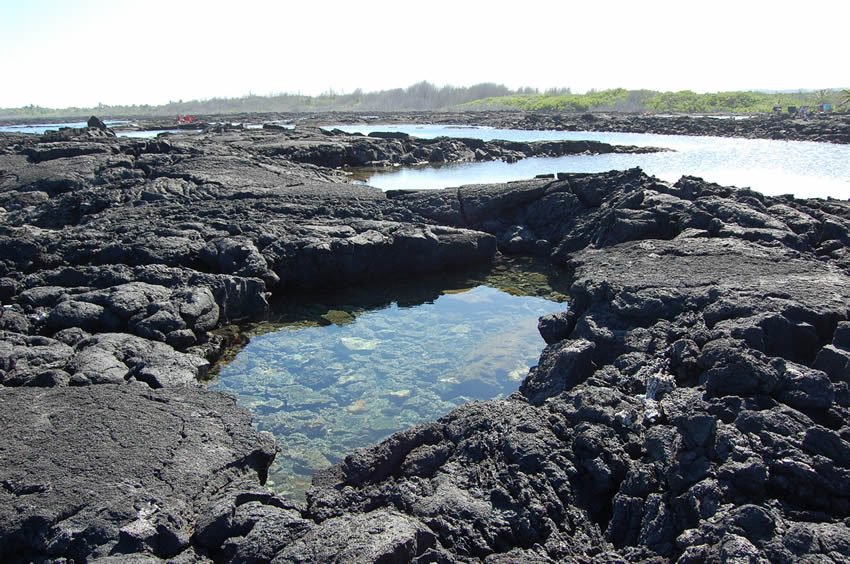Tide pools are my favorite part of marine sciences. The rocky inter tidal is such a hash environment that only the most resilient organisms can survive there. The rocky inter tidal is broken down into three sections, the high, mid, and low inter tidal ranges. The high inter tidal is characterized by mainly terrestrial based organisms, for a majority of the day it is exposed to air and sunlight and it is only underwater during high high tides. The mid inter tidal is equal parts terrestrial and marine, and this area along with the low inter tidal is where we see tide pools. The low inter tidal is primarily marine based and is only exposed to air and uncovered by water during low low tides. Only organisms that are well adapted can survive in tide pools. When the tide goes out these organisms will be living in these small pools until the tide comes back in again. These organisms have to be able to survive expose to air and prolonged separation from the sea. Organisms like barnacles, periwinkles and clams/mussels are all able to hold water inside of them to avoid drying out.

oxygen, salinity and temperature are all components that vary in tidepools throughout the day, only well equipped organisms can survive including but not limited to.
- Limpets
- Mussels
- Barnacles
- Periwinkles
- Sea stars
- Anemones
- Sea urchins
- Seaweeds
- Sculpins
- Crabs
